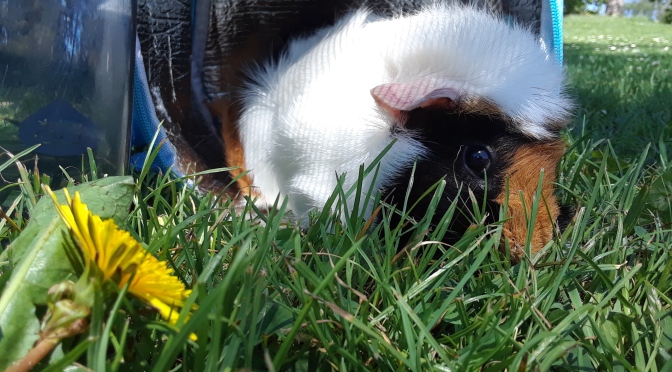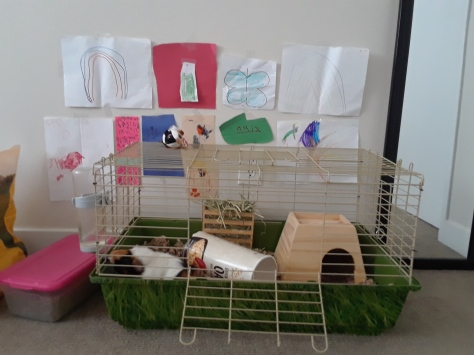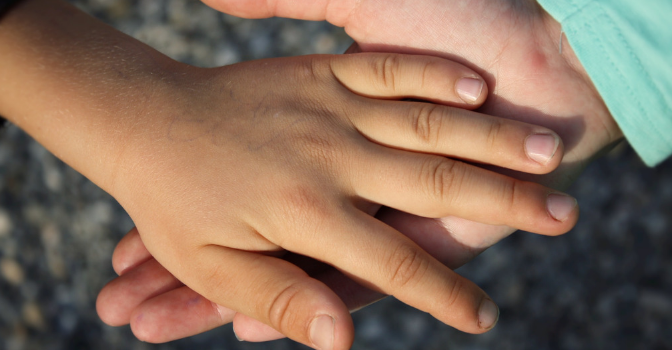October 2017 will be two years since I lived through Hurricane Joaquin, the historic perfect storm that I remember as the two longest days of my life. I have never known time to stand so still, during which I prayed constantly that my family and friends knew how much I loved them.
Effectively isolated after the storm on a remote island in the Caribbean, it would be eight days before I could hunt down a satellite phone to let the people who mean the most to me know I loved them, I was breathing but far from okay, and please send donations because the island was devastated. I didn’t know when I’d be able to reach my family again.
In the months following Joaquin in which an overseas, across-the-country move took place, I was a mess. Trauma from the storm unlocked trauma from my past until, nearly a year later when I thought I was healed, another window opened that my mind had bolted shut. I started seeing a therapist in the immediate aftermath of the storm who diagnosed me with PTSD on top of PTSD on top of PTSD.
But this post isn’t about fearing for my life. This post isn’t about my PTSD. It isn’t about my past (though that story begs to be told at a later time, when I’m ready).
This post is about my recovery. This post is about me, now.
So, you ask, how am I now?
The short answer: Freaking fantastic.
The long answer: I’m working on it.
My wounds will always be scabs turned scars that make me who I am. I would never in a million years wish any of these hardships upon someone. But I cannot change my past, so instead, I decided to see how my past could shape my future.
Breaking apart the most harrowing experiences of my life, I made a list of what I gained from them.
Here is that list:
- Empathy & compassion. Sometimes life has to beat you up to give you empathy and compassion you didn’t know you were lacking.
- Perspective. My eyes were further opened to the existence of poverty and racism in the world today.
- Strength in vulnerability. Turning to others for help did not make me weak; it takes a great deal of courage to bare one’s heart and mind so openly.
- Cultural enlightenment. I mean, I did get to live on a remote island in the Bahamas living the real island life and making lifelong friends turned family. So there’s that.
- Dreams. I needed to start following my dreams NOW, and never ever stop.
- Relationship knowledge. I learned what I want, need, and deserve in a relationship.
- Self-awareness. In order to heal, I had to fully know myself. It was an isolating road to travel down, but necessary.
- Peace within myself. Knowing who I am meant accepting all of me, including my flaws, quirks, and neuroses. Better yet, it meant embracing them.
Despite having just emerged from the darkest period of my life–and, admittedly, still having moments in which I feel like I take a step back–I am the happiest I have ever been.
My path of healing from PTSD threw me under the self-reflection bus, and I am eternally grateful to it for that. But I don’t think you need to claw your way out of the lion’s den in order to begin this journey.
The three experiences that led to my struggle had a common thread: I felt small, helpless, and insignificant. I have spent the last twenty-four months fighting to be strong, confident, and significant. I have worked hard at believing in myself, taking risks and viewing subsequent failures as successes.
Now, most days, I wear that cheesy ear-to-ear grin on my face that everyone who knew me before I moved to Seattle remembers. But I’ve changed. I have so many layers to me now. Good layers. Deep layers. Real layers.
One of my friends from the Florida Keys, who has always praised me for my positive and uninhibited energy, recently told me, “Stacey, you’re not the same person you were when you left here, and I mean that as the highest compliment.”
As I’ve begun reconnecting with college friends, they say the same thing. I still dance my crazy dance moves in the middle of the grocery store, but there’s more than a zest for life behind those crazy legs. There’s understanding. There’s a profound appreciation for it.











